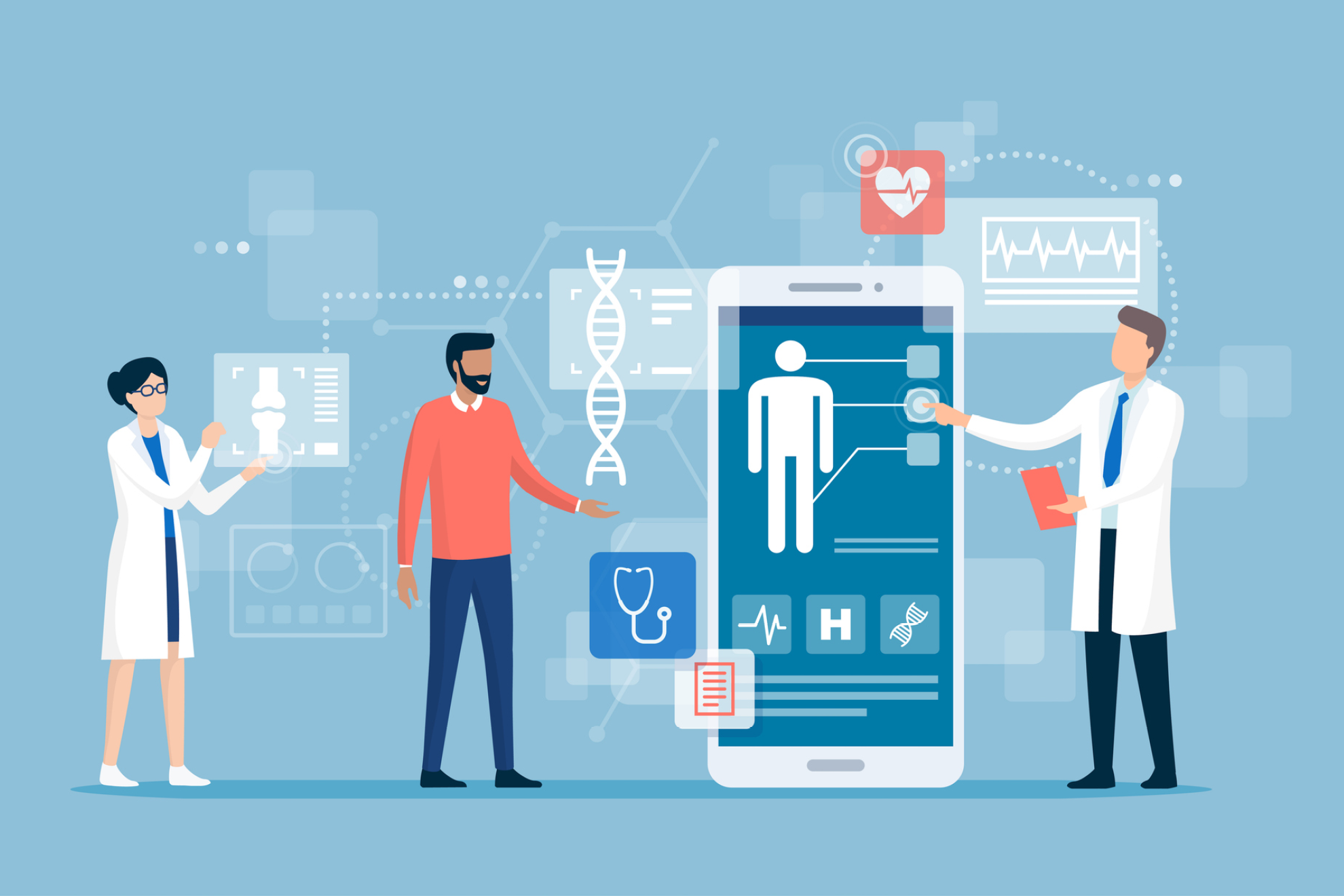In a critical, potentially life-threatening situation, having the right information at your fingertips (literally) is vital. Even five seconds spent searching for the right patient record could prove fatal. Emails, spreadsheets, forms, messaging, telephone calls and even interoffice envelopes make up a fragmented communications process that has a direct impact on workflow and, ultimately, patient outcomes.
All healthcare organisations have the same goal; to provide the best possible healthcare to patients while maximising the use of available resources.
In many instances, communications systems across healthcare organisations are varied. The mixed formats for messaging, organising, and scheduling can cause dangerous information black holes. Double-handling and resending drains resources and is a well-documented frustration factor.
The influence of good workflow design on care delivery is enormous. Reducing costs and improving workflow and performance is a complex and difficult task; however, could technology offer the solution we’ve all been looking for? There’s no doubt that even the thought of implementing a new-fangled high-tech solution could send a shiver of dread down the spine of most health professionals. In an already over-stretched environment is there really time to re-think all the processes that have been developed organically over years of hard work?
Yes. There is. And it would take much less time than you’d think.
Although it’s true to claim that every healthcare organisation is different, it’s equally valid to admit that there are many (many) shared workflow processes. And, if you choose the right provider, a lot of the work may already be done.
The healthcare ecosystem is complex. Multidisciplinary teams work across a multitude of healthcare issues. Information is stored in siloed systems or is still paper-based. However, pulling all of this together into a streamlined workflow process is all in a day’s work for a clinical communications provider with long-term experience in the healthcare sector. By combining purpose-built smart devices with healthcare-specific applications, there’s a genuine solution that can unify a fragmented communications environment, leaving healthcare workers to carry out their duties more safely, securely, and effectively.
The time savings are enormous if everyone in the organisation is on the same messaging platform with streamlined and shareable on-call scheduling and immediate access to clinical test notifications. Integrating task management, incident management, and location services can create a smooth workflow that has a direct and positive impact on staff efficiencies and, potentially, an even more positive impact on job satisfaction.
Investing in new technology is a big decision for any organisation; however, as our healthcare sector is pushed to the limit and healthcare workers face even higher volumes of patients, this may be the ideal time to consider ways to streamline processes and ease pressures on staff. By streamlining cumbersome, manual processes, teams can work at the top of their game, focusing on patient outcomes rather than on frustrating administration and scheduling issues.
Any healthcare workflow digitisation solution must generate benefits clinically, operationally, and financially. Reaching those outcomes means delivering solutions and building relationships that are focused on long-term outcomes and not just short-term ones. Ensuring a high level of involvement with clinical decision-makers inside and outside the organisation is crucial to success as any solution must have an eye on the future of the healthcare sector.
Technology can do many things, from strengthening the doctor-patient relationship to cutting healthcare costs and increasing work effectiveness. And, even though every hospital or healthcare organisation is unique in size, workforce structure, workflow organisation, and areas of expertise, they all have the same focus: providing the best possible patient care.
Digitalising healthcare workflows saves time and money, supports health professionals, and improves the quality of work. It could be the single most important factor in helping our precious health services and professionals through these challenging and high-pressure times.
Connected Health, powered by Wavelink, is here to help. To find out how we can digitalise and streamline your healthcare facility’s communications, contact the team today.

